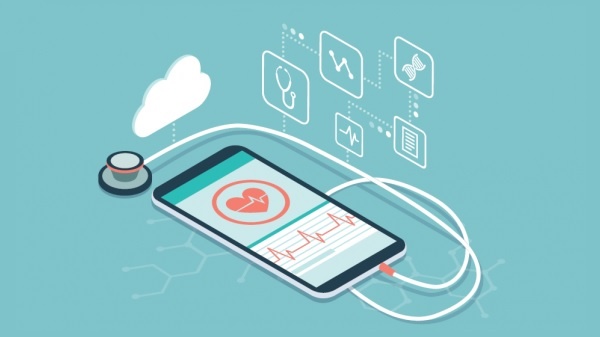
Thirty-six African member states are already part of the initiative to use ACIP.
ACIP will also allow COVID-taskforces to deploy health and economic resources to mitigate the pandemic’s impact.
ADDIS ABABA (ECA) – The United Nations Economic Commission for Africa (ECA) has rolled out a groundbreaking mobile-based public communications platform to provide more than 600 million users across Africa with the latest public health advice. The Africa Communications Information Platform for Health and Economic Action (ACIP) will also furnish national and regional COVID-19 task forces with user-generated survey data and actionable health and economic insights.
By improving national data and statistics, ACIP will enable authorities to better analyze pandemic related problems and implement appropriate responses. The platform will also allow COVID-taskforces to deploy health and economic resources to mitigate the pandemic’s impact.
“With this platform, we have the possibility of reaching between 600 million and 800 million mobile subscribers in Africa,” said Vera Songwe, Executive Secretary of ECA, during the virtual launch of ACIP on 23 June 2020.
Dr. John Nkengasong, Director of Africa CDC, said the platform offers a “unique opportunity to change the way we conduct disease surveillance, enhance our ability to acquire good and timely data, and make all Africans count.”
ACIP aims to support each country’s assigned National COVID-19 Taskforce to enhance its ability to analyze the situation and implement the necessary responses, and to direct resources to mitigate and suppress the health and economic impact of the pandemic.
Robust and easy to use, ACIP uses a mixture of text and voice-operated menus. The free to use service was developed by ECA – in collaboration with four major mobile network operators and a data integrator. The platform harnesses mobile narrowband channels using a combination of text (USSD) and voice interactions (IVR). On the broadband side, the platform uses public data from digital channels, including online and social media. By using mobile narrowband and broadband, the platform can reach 3G/smartphone users and mobile subscribers with earlier generation 2G handsets, also known as feature phones.
This is the first time a mobile USSD platform has been interactively paired with big data AI to yield insights which neither alone could achieve.
Source: ECA
